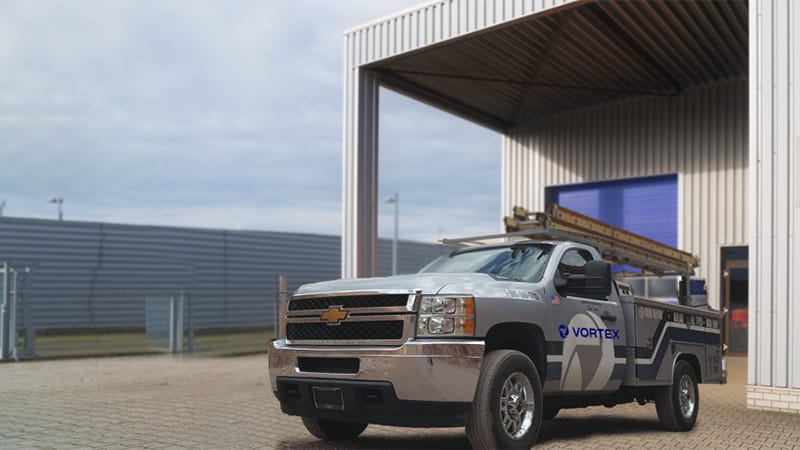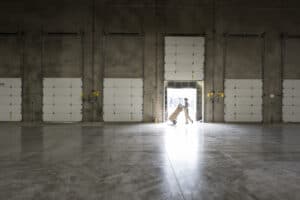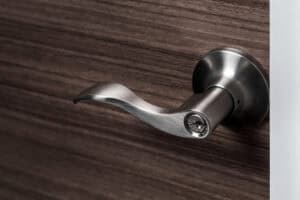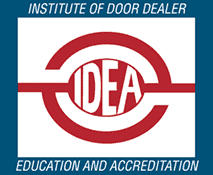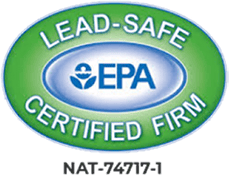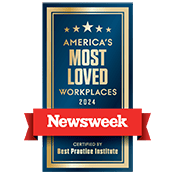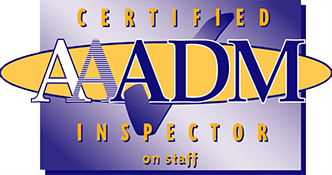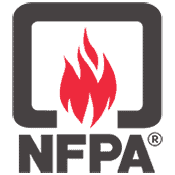Why is My Stainless Steel Door Rusting?

Why Stainless Steel Rusts
The key element in stainless steel is chromium. When exposed to oxygen, it forms a thin, invisible layer of chromium oxide on its surface, which prevents corrosion. Chromium also enhances strength, making steel more resistant to wear, impact, and deformation. Unfortunately, when this outer layer of chromium oxide is damaged, rust spots can start to appear on your door. The most common causes of damage include:
- Lack of Regular Maintenance. Dirt and grime can trap moisture against the surface of your door, increasing the risk of corrosion, especially in areas with high humidity. If your company grinds or welds metals, there’s a chance carbon and steel particles may accumulate on the door as well, leading to pitting – small, localized patches of rust.
- Improper Cleaning. Steel wool and wire brushes can strip away the protective layer of chromium oxide, exposing the underlying metal.
- Chemical Exposure. Cleaning agents that contain chlorides (e.g. bleach) can break down chromium oxide, resulting in patches of rust and discoloration. Because salt penetrates chromium oxide, corrosion frequently occurs in coastal areas and snowy regions where de-icing salts are frequently used.
- Galvanic Corrosion. When stainless steel comes into contact with a less noble metal such as aluminum or iron, it can trigger an electrochemical reaction that spreads rust.
Dents, scratches, and other types of physical harm are a problem as well. They not only affect the appearance and function of your door; they can also pierce the chromium oxide layer, which is why damaged doors need to be repaired quickly in order to avoid long-term problems.
How to Prevent Rust
With proper maintenance and service, high-quality steel doors can remain secure, functional, and attractive for thirty years or more. Following the tips below will help extend the lifespan of your doors for as long as possible.
- Choose Appropriate Grade Steel. Steel with less than 10.5 percent chromium is particularly susceptible to corrosion. There are more than 200 varieties of steel, but architects generally rely on grades 304 and 316. Grade 304 is a good choice for rural settings, as well as urban areas with moderate pollution and coastal areas with low temperatures and humidity, while grade 316 is better suited to harsh marine, industrial, and urban environments, as well as northern climates where de-icing salts are common.
- Use Gentle Cleaning Products. Wash your doors regularly with clean water and mild soap. Dry them off with a soft cloth afterwards, to eliminate as much moisture as possible.
- Apply a Protective Coating. Painting your door minimizes exposure to moisture and environmental hazards. Be sure to use primers and paints specifically formulated for stainless steel and reapply them whenever the original paint begins to peel.
To reduce the risk of galvanic corrosion, always select frames electrochemically compatible with stainless steel when designing a doorway. If you’re installing a steel door in an existing frame with incompatible metals, add plastic or rubber gaskets to keep them from coming into contact with one another.
Stainless Steel Door Maintenance
Vortex service teams help you identify and resolve issues before they escalate into major breakdowns or create unsightly rust spots. Besides replacing corroded components with rust-resistant parts, our inspectors can check for warning signs that might indicate the protective layer on your door has started to deteriorate. Don’t let a faulty door slow down your business. Contact us today to learn more about our service programs.

